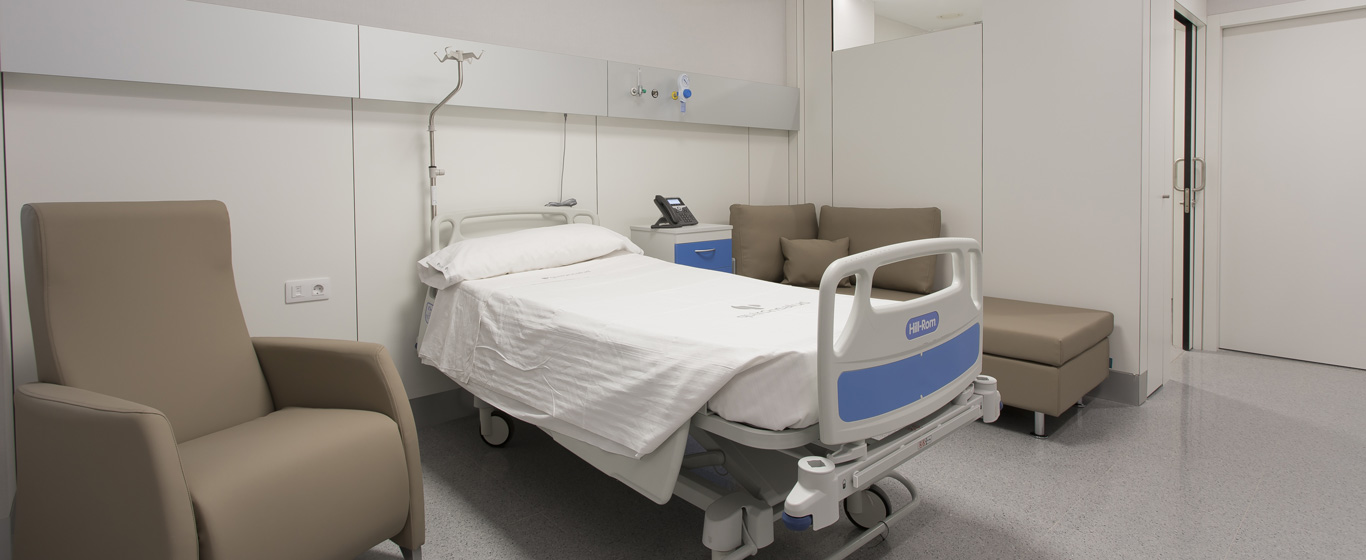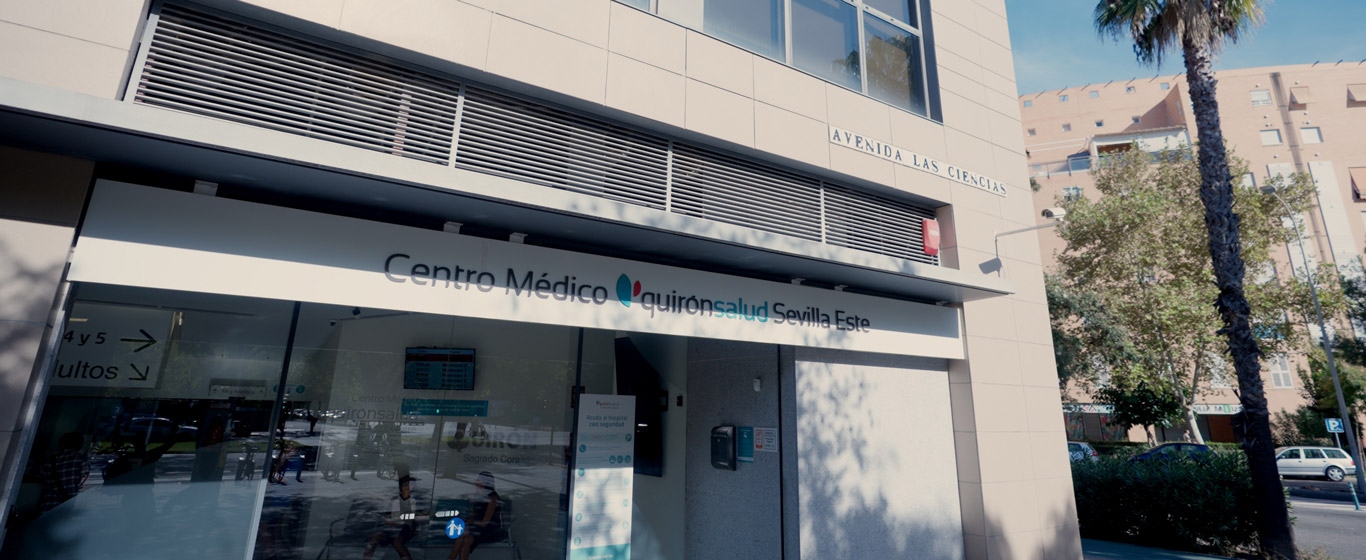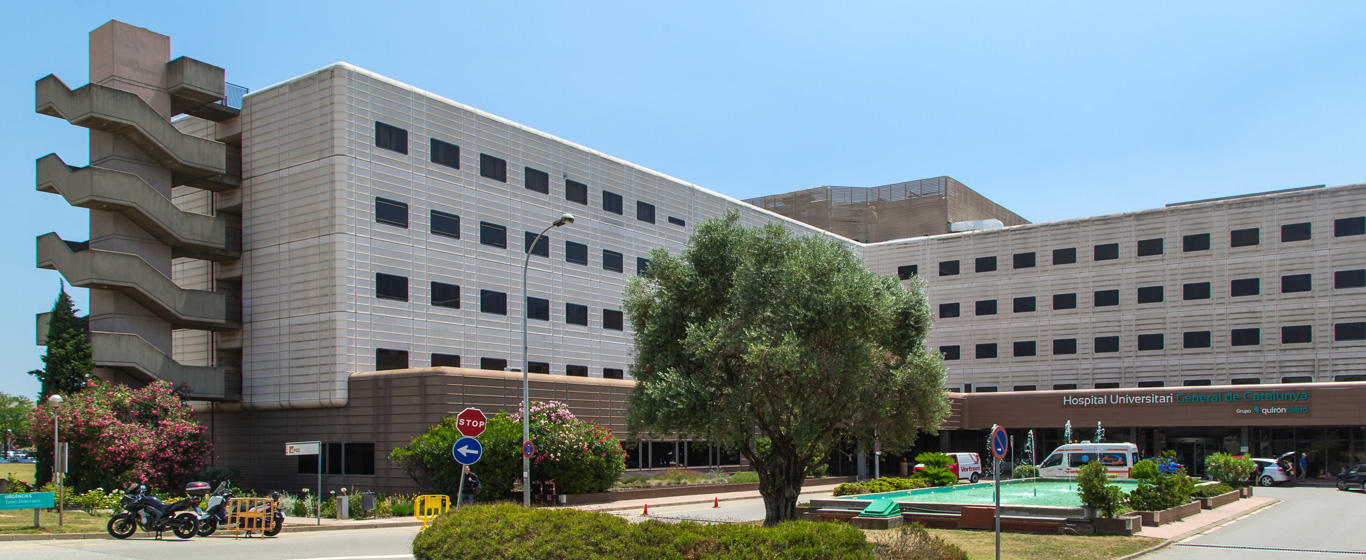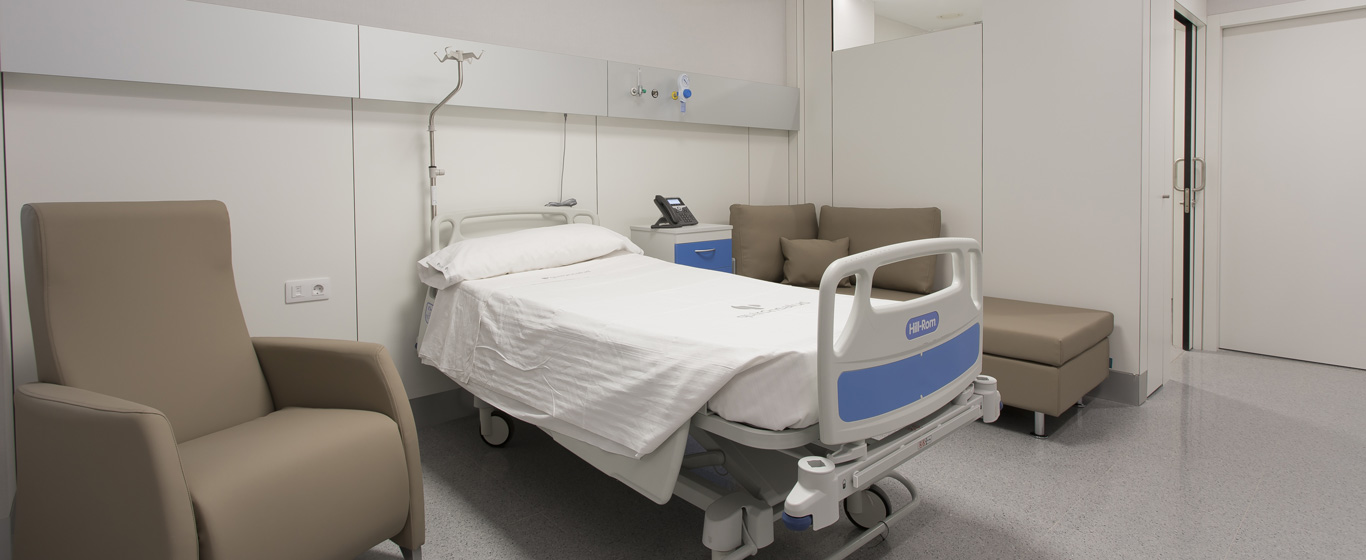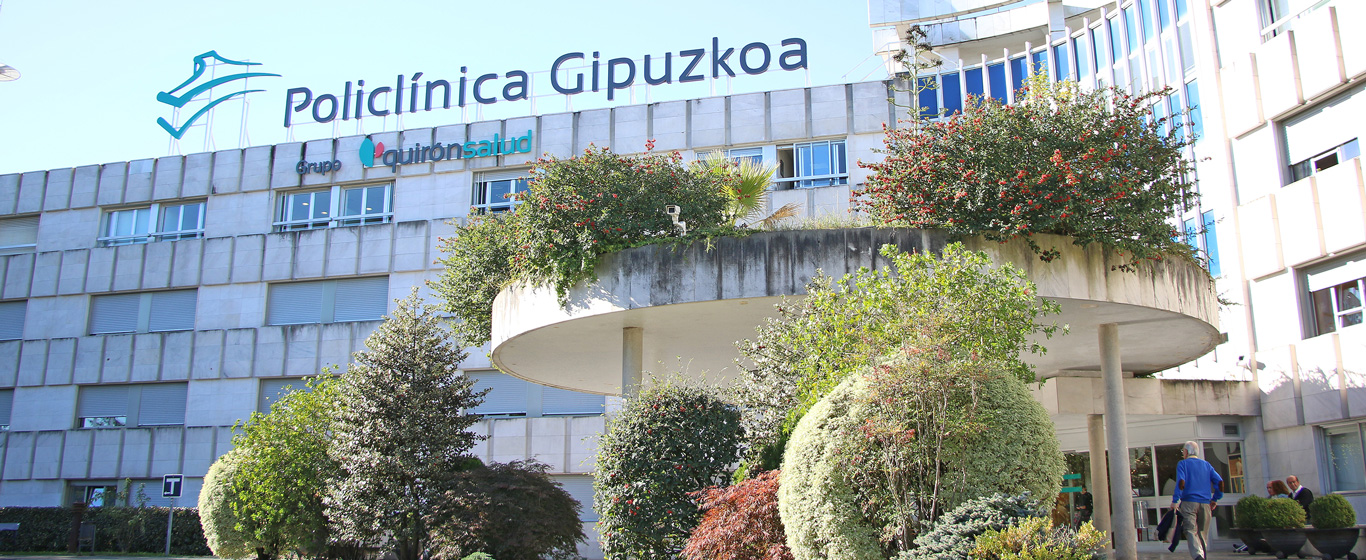Ataxia
Information on the causes, symptoms, and treatment of ataxia, a condition that causes motor incoordination affecting the entire body.
Symptoms and Causes
Ataxia is a motor system disorder that causes loss of coordination when performing voluntary movements, such as speaking, walking, or moving the limbs. Patients with this condition, which is often the manifestation of an underlying disease, experience impairment in both the accuracy and speed of movements.
Ataxia can be classified into three groups, depending on the age at which symptoms first appear:
- Early-onset ataxia: symptoms begin before the age of 20.
- Late-onset ataxia: appears after the age of 20.
- Adult late-onset ataxia: usually a non-hereditary degenerative type that develops around the age of 50 and may be associated with cognitive decline.
Based on the way it manifests, ataxia can be divided into the following types:
- Acute ataxia: appears suddenly, affecting balance, coordination, and fine movements. Although it is a medical emergency, it usually evolves in a benign manner. In some cases, it is the manifestation of a serious neurological disease.
- Chronic progressive ataxia: coordination is gradually lost, slowly impairing speech, swallowing, movement, and reflexes.
The prognosis of ataxia varies depending on its cause. While some types, such as those caused by certain medications, are treatable or reversible, others are degenerative. In these cases, treatment only delays the onset of symptoms, and in the most severe degenerative forms, life expectancy may be reduced to 35 or 40 years.
Symptoms
The most characteristic symptoms of ataxia include:
- Poor coordination.
- Lack of balance.
- Gait instability, which leads to widening the stance to increase the base of support and improve balance.
- Uncoordinated voluntary movements, both in the arms and legs.
- Speech disturbances: difficulties articulating words, modulating tone, or controlling volume.
- Swallowing problems.
- Difficulty performing fine motor tasks (writing, painting, sewing, buttoning shirts, closing jars, using clothespins).
- Tremors.
- In optic ataxia:
- Impaired hand-eye coordination.
- Diplopia: double vision.
- Nystagmus: sensation that objects are moving.
Causes
The causes of ataxia can be very diverse but can be classified into three major groups:
- Hereditary ataxia: transmitted from parents to children through genes.
- Autosomal dominant ataxia: only one defective copy is needed to develop the disease.
- Spinocerebellar ataxia: mainly characterized by progressive degeneration of the cerebellum along with other signs that vary depending on the specific gene mutation (currently, more than 48 types have been classified).
- Episodic ataxia: manifests in short episodes lasting from several seconds to hours, triggered by repetitive movements or stress. The seven recognized types (EA1–EA7) generally respond well to medication.
- Autosomal recessive ataxia: both copies of the mutated gene must be inherited to develop the disease; therefore, it is possible to be a carrier without presenting any symptoms.
- Friedreich’s ataxia: caused by an excessive number of repeats in the trinucleotide sequence (GAA), leading to degeneration of brain tissue, the spinal cord, and muscle movement, also affecting the heart.
- Ataxia telangiectasia: the brain degenerates, and the immune system weakens, making affected individuals prone to other diseases. It presents with small vascular "spider" formations in the eyes, ears, or cheeks, as well as delayed motor development.
- Congenital ataxia: although not hereditary, it is a condition present from birth, although symptoms may take time to appear.
- Congenital cerebellar ataxia: occurs when the cerebellum is damaged at birth.
- Congenital abnormality: the cerebellum does not develop properly during gestation, impairing voluntary movement coordination.
- Acquired ataxia: brain or spinal cord damage is caused by external factors. It is neither inherited nor present at birth.
- Infectious ataxia: caused by viral infections such as chickenpox, HIV, herpes, or COVID-19.
- Toxic ataxia: results from alcohol, drug, or certain medication use.
- Metabolic ataxia: may be caused by endocrine diseases such as hypothyroidism, nutrient malabsorption, or vitamin deficiencies.
- Traumatic ataxia: head injuries can cause functional brain damage.
- Tumor-related ataxia: usually the result of pressure exerted by a tumor on the cerebellum or the nerves responsible for movement control. In very rare cases, it is a paraneoplastic syndrome, in which the immune system responds to the presence of cancer cells by attacking brain nerve cells.
- Gluten ataxia: very rare. It occurs when the immune system reacts to gluten by attacking the nervous system.
Risk factors
The main risk factors for ataxia are:
- Family history.
- Carrier parents.
- Head trauma.
- Use of toxic substances such as alcohol or drugs.
- Brain tumor.
- Paraneoplastic syndrome.
- Celiac disease.
- Use of sedatives or anticonvulsants.
- Vitamin B6, B12, B1, or E deficiency.
- Exposure to solvents or heavy metals.
- Certain diseases, such as multiple sclerosis, hypothyroidism, or sarcoidosis.
Complications
The complications of ataxia can be potentially serious. The most significant include:
- Falls that cause bone fractures or head injuries.
- Cardiac rhythm disturbances.
- Heart disease.
- Spinal deformities (scoliosis, kyphosis).
- Muscle atrophy.
- Recurrent infections.
- Cognitive decline.
- Anxiety.
- Depression.
- Social isolation.
- Premature death.
Prevention
Hereditary or congenital ataxia cannot be prevented. To reduce the risk of acquired ataxia, the following are recommended:
- Avoid alcohol and drug use.
- Reduce contact with toxic agents.
- Protect the head against possible trauma (wear a helmet when working on construction sites, cycling, riding motorcycles, rollerblading, or using scooters).
- Follow a balanced diet.
- Maintain a healthy lifestyle.
What doctor treats ataxia?
The specialist responsible for treating ataxia is the neurologist. In the development of treatment, rehabilitation specialists, speech therapists, and physical therapists may also be involved.
Diagnosis
The diagnosis of ataxia is clinical and is based on the following procedures:
- Medical history: it is important to document the patient’s personal and family history.
- Symptom assessment.
- Neurological examination: coordination, gait, balance, and eye movements are observed.
- Blood tests to determine whether the origin is autoimmune, toxic, or metabolic.
- Lumbar puncture: helps detect cerebrospinal fluid infections.
- Brain MRI: to evaluate cerebellar and central nervous system structures.
- Genetic testing: only in cases where a genetic origin is suspected.
Treatment
The treatment of ataxia varies depending on its origin. Acquired ataxias can be completely cured when the underlying disease is treated, whereas in hereditary and congenital ataxias, treatment focuses on alleviating symptoms, delaying their onset, and slowing disease progression.
- Medication: various drugs are used to address specific symptoms.
- Acetazolamide, clonazepam, or flunarizine for dizziness and vertigo.
- Buspirone, amantadine, or riluzole to combat incoordination.
- Baclofen and tizanidine to relieve cramps.
- Amantadine, desvenlafaxine, carnitine, creatine, or modafinil to reduce fatigue.
- Botulinum toxin, diazepam, amantadine, baclofen, ropinirole, or tizanidine to reduce stiffness and spasticity.
- Amantadine, botulinum toxin, carbamazepine, clonazepam, or deep brain stimulation to reduce tremors.
- Serotonin or norepinephrine inhibitors to treat depression and anxiety.
- Muscular and neurological physical therapy: promotes coordination, strengthens muscles, and improves movement.
- Occupational therapy: helps patients manage daily tasks.
- Speech therapy: helps improve speech and swallowing.





























